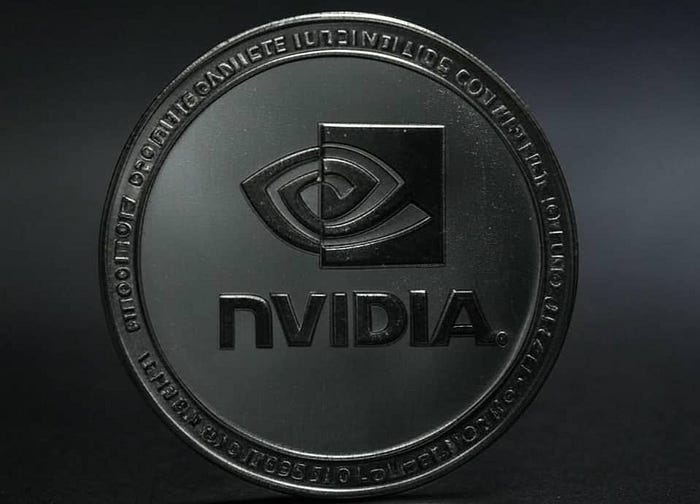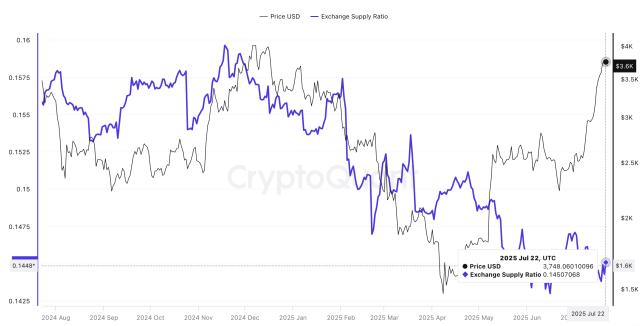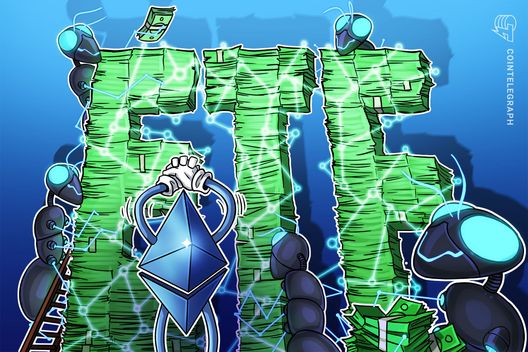Author: Stephen McBride
Translated by: Blockchain Plain Language

BTC is a once-in-a-lifetime asset. Since 2009, its price has surged 40 billion times, enough to turn a $100 small investment into $4 billion. I know many early BTC buyers whose lives have been transformed. Some smaller cryptocurrencies have followed BTC's footsteps. With a more relaxed regulatory environment, more cryptocurrencies will see growth.
However, despite the rapid growth of the cryptocurrency market, its scale remains small. Microsoft's market capitalization alone exceeds the total of BTC and all other cryptocurrencies! Why is this? Until recently, the cryptocurrency market was mainly dominated by individual investors, with Wall Street's major institutions barely involved. Even when Wall Street occasionally invests in cryptocurrencies, it almost only buys BTC. This is also a key reason why BTC occupies nearly two-thirds of the entire cryptocurrency market.
But this era is ending. Wall Street's funds are beginning to flow into smaller cryptocurrencies. This provides us with an opportunity, and here's how we can profit from it...
Wall Street Was Substantially Prohibited from Investing in Small Cryptocurrencies
I use the word "substantial" because there was no explicit legal prohibition on investing in small cryptocurrencies, but the previous government placed enormous pressure on crypto innovators and investors. Crypto banks were shut down by the government, founders and funds were prosecuted and "de-banked", and protocols were continuously monitored and investigated. As a result, innovation stagnated and capital dried up. Who would risk going to jail and having their life ruined?
But now things are changing. The U.S. House of Representatives just concluded "Crypto Week", during which legislators voted on three new cryptocurrency bills:
The GENIUS Act will provide the first true stablecoin framework for the United States.
The Anti-CBDC Surveillance State Act will prohibit Washington from creating government-controlled stablecoins.
The CLARITY Act will address the most thorny regulatory issue in cryptocurrencies: how Tokens are classified.
In short, these bills legalize cryptocurrencies. The House has passed all three bills, and Trump has signed the GENIUS Act into law. Meanwhile, the Anti-CBDC and CLARITY Acts are being submitted to the Senate. This is a major victory for cryptocurrencies.
These three bills are part of a broader effort to legalize cryptocurrencies. Regulatory clarity is key to releasing trillions of dollars from Wall Street and will trigger a wave of cryptocurrency innovation.
Wall Street's Ultimate Goal Is...
Tokenization. The true disruptive power of blockchain is eliminating intermediaries and creating a financial system without bankers. We've already seen this in crypto's "killer use case" - stablecoins. They are the only way to send $10,000 to a global friend via mobile in seconds at a cost of less than a cent. This is all because they bypass intermediaries like Western Union, PayPal, and banks.
Stablecoin adoption is rapidly increasing. The total value of stablecoins in circulation has reached $250 billion, exceeding the physical currency volume of the Canadian dollar or British pound. Stablecoins are the tokenization of the U.S. dollar. Next, all real-world assets like stocks, bonds, real estate, oil barrels, and artworks will be on-chain. The total value of global real-world assets is estimated to exceed $250 trillion, which is the market potential we're discussing.
Wall Street is at the forefront of tokenization. The world's largest asset management company, BlackRock, recently launched a tokenized Treasury fund. Another Wall Street giant, Franklin Templeton, has done the same with its money market fund. Robinhood has begun offering tokenized shares of private startups like OpenAI and SpaceX to European users. JPMorgan, UBS, Visa, Bank of New York Mellon, PayPal... almost no Wall Street company is not migrating to blockchain. Even city-states are participating, such as Dubai recently tokenizing an entire building.
The current financial infrastructure has not changed for decades, yet processes trillions of dollars in transactions daily. Imagine the momentum cryptocurrencies will gain when these massive funds begin flowing on the blockchain, and how much companies like BlackRock will save by eliminating intermediaries.
The Best Way to Profit in the First Phase of Tokenization Is...
Investing in high-quality cryptocurrency businesses building the pipelines of the new financial system. Think about the best way to make money during the AI boom in the past three years: buying infrastructure providers like Nvidia (NVDA). The same applies in the cryptocurrency field.
Most tokenized assets - from stocks to tokenized Treasuries to stablecoins - run on ETH. BlackRock, Robinhood, Visa, PayPal, Stripe, and JPMorgan are all building on ETH. ETH is rapidly becoming the settlement layer for the new blockchain-based financial system. As more assets go on-chain, ETH will earn more fees, thereby driving up its price.
I like to view ETH as the "Nvidia" of cryptocurrencies, the biggest winner in the first phase of construction and a must-hold asset. But it won't be the only winner. There is a class of emerging, smaller, faster, and more specialized protocols designed specifically for tokenization. Some focus on tokenizing Treasuries, some are designed for custodying real-world assets like real estate, and some are redefining lending. These projects are currently very small, equivalent to "nano-cap" companies in the stock market. But as Wall Street funds pour in, these platforms are poised to outperform other major cryptocurrencies.
Article link: https://www.hellobtc.com/kp/du/07/5975.html
Source: https://medium.com/coinmonks/the-nvidia-of-crypto-0e3d778d6461






